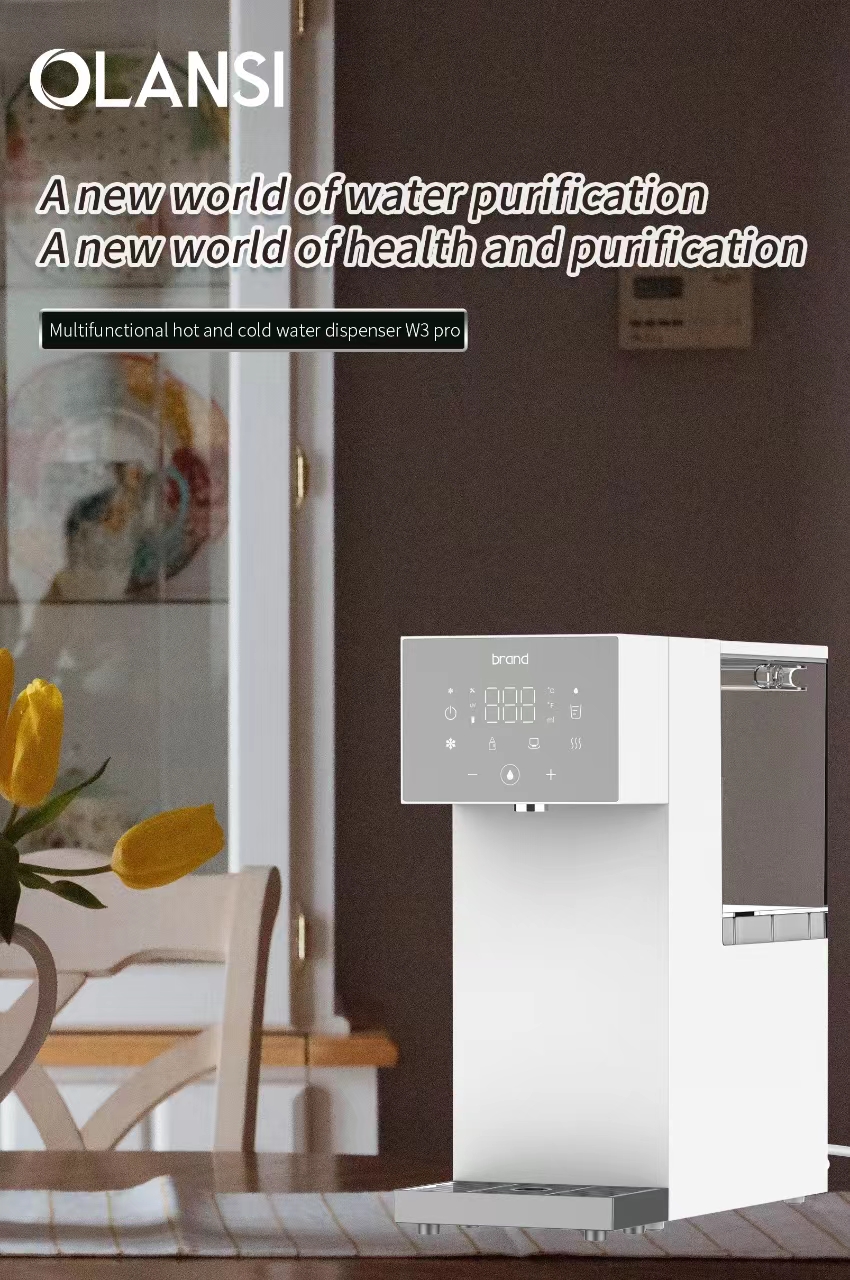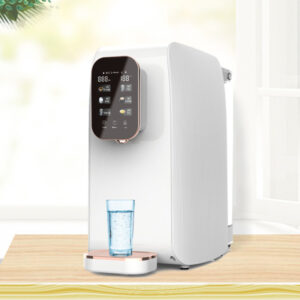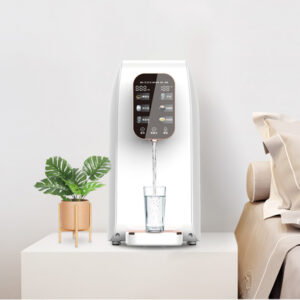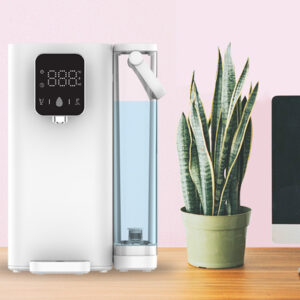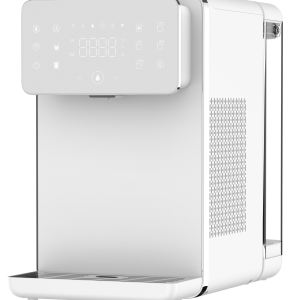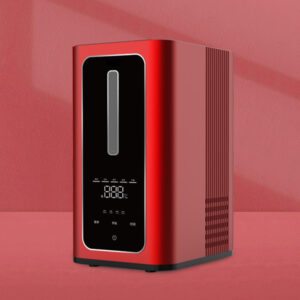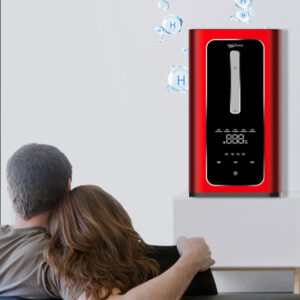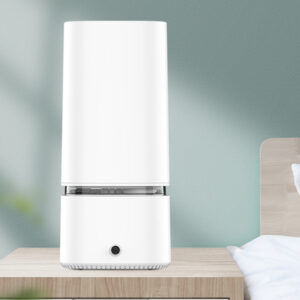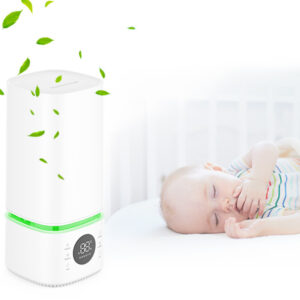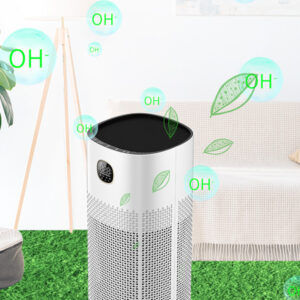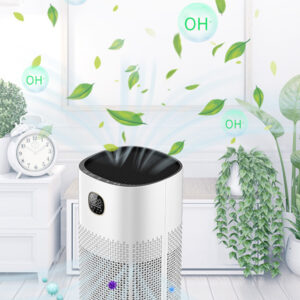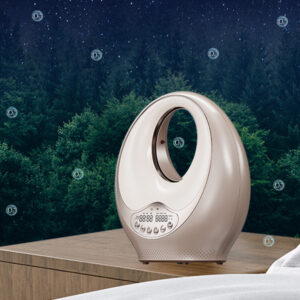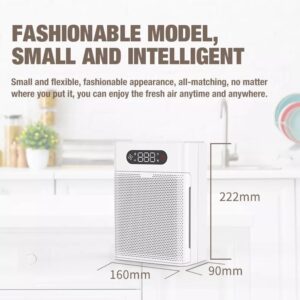Factors Influence the Cost of Countertop Reverse Osmosis Water Dispenser
Countertop RO water dispensers have become increasingly popular in recent years due to their ability to provide clean and purified drinking water. These water dispensers use reverse osmosis technology to remove impurities and contaminants from tap water, resulting in a refreshing and healthy drinking experience. However, it is important for consumers to understand the factors that influence the cost of these water dispensers in order to make an informed purchasing decision.
Understanding the technology behind countertop reverse osmosis water dispensers
Reverse osmosis technology is a process that uses a semi-permeable membrane to remove impurities from water. In the case of countertop reverse osmosis water dispensers, tap water is passed through a series of filters and membranes to remove contaminants such as chlorine, lead, bacteria, and viruses. The purified water is then stored in a reservoir and dispensed through a faucet on the cooler.
Factors that affect the cost of countertop reverse osmosis water dispensers
Several factors can influence the cost of countertop reverse osmosis water dispensers. These include the quality of materials used, the reputation of the brand, the features and functionalities offered, the size and capacity of the cooler, and the installation and maintenance costs.
Material quality and its impact
When it comes to countertop reverse osmosis water dispensers, the quality of materials used can greatly affect their price. If you’re looking for a long-lasting and durable option, then it’s best to invest in higher quality materials like stainless steel or high-grade plastic. These materials are known for their strength and resistance to wear and tear, which means they’ll last longer and require less maintenance over time.
However, it’s important to keep in mind that these materials tend to be more expensive than lower quality options. On the other hand, if you’re on a budget, you may opt for lower quality materials that are more affordable. However, these materials may not offer the same level of durability or performance as their higher quality counterparts.
The role of brand reputation
When it comes to countertop reverse osmosis water dispensers, the brand reputation can have a significant impact on the price. This is because well-known and established brands have a reputation for quality and reliability, which can make them more expensive. Consumers are often willing to pay a premium for a product that they know they can trust and that has a proven track record of delivering high-quality results.
On the other hand, lesser-known or generic brands may offer similar features and functionalities at a lower cost. These brands may not have the same level of recognition or reputation as their more established counterparts, but they can still provide a reliable and effective product at a more affordable price point.
The impact of features and functionalities
Countertop reverse osmosis water dispensers are available in a variety of models with different features and functionalities. The cost of these coolers can vary depending on the features they offer. For instance, some coolers come with hot water dispensing, which is a convenient feature for those who want to make tea or coffee quickly. Similarly, adjustable temperature settings are also available in some models, allowing users to adjust the temperature of the water according to their preference.
Additionally, some coolers come with built-in filters that can remove specific contaminants from the water, such as chlorine or lead. These added features can increase the cost of the cooler, but they also provide added convenience and functionality to the user. Ultimately, the cost of a countertop reverse osmosis water dispenser will depend on the features and functionalities that are important to the user.
The influence of size and capacity
When it comes to countertop reverse osmosis water dispensers, their size and capacity are important factors that can impact their cost. If you’re looking for a cooler that can hold a larger amount of purified water, then you should expect to pay more than you would for a smaller one. This is because larger coolers require more materials and resources to manufacture, which drives up their cost.
Similarly, if you’re looking for a cooler with a sleek and modern design, you may have to pay a premium for it. Coolers with a compact design or aesthetically pleasing features are often considered more desirable, which means they can command a higher price point.
The impact of installation and maintenance costs
When selecting a countertop reverse osmosis water dispenser, it’s important to take into account not just the initial purchase price but also the installation and maintenance costs. Some models may require professional installation, which can add to the overall cost. It’s important to factor in this expense when budgeting for a new water dispenser.
Additionally, regular maintenance is necessary to ensure that the cooler continues to function properly. This may include filter replacements or cleaning, which can also add to the long-term cost of owning a water dispenser. By considering all of these factors, you can make an informed decision about which countertop reverse osmosis water dispenser is right for your needs and budget.
Comparing the cost of countertop reverse osmosis water dispensers with other types of water dispensers
When you are in the market for a water dispenser, it is important to consider all of your options. While countertop reverse osmosis water dispensers may have a higher upfront cost than traditional bottled water dispensers, they can actually save you money in the long run. With bottled water dispensers, you have to continuously purchase and replace water bottles, which can add up over time.
In contrast, countertop reverse osmosis water dispensers provide purified water without the need for constant bottle replacements. Another option to consider is under-sink reverse osmosis systems, which may have a higher upfront cost than countertop models but can provide purified water to multiple faucets throughout your home.
Final Words
In conclusion, understanding the factors that influence the cost of countertop reverse osmosis water dispensers is essential for making an informed purchasing decision. Factors such as material quality, brand reputation, features and functionalities, size and capacity, and installation and maintenance costs should all be considered. By carefully evaluating these factors, consumers can choose the OLANSI countertop RO water dispenser that meets their needs and budget while providing clean and purified drinking water.


